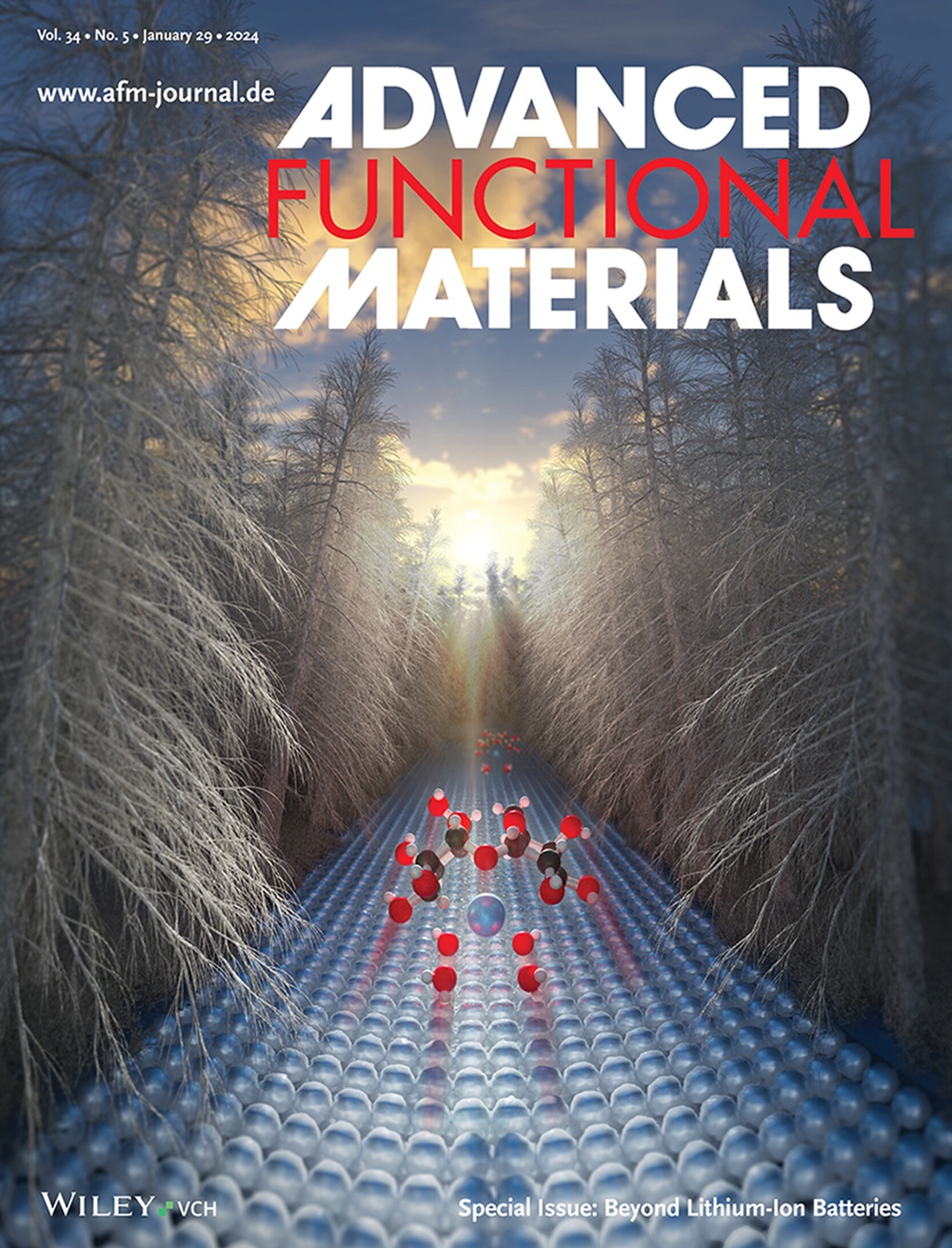Self‐Healing and Stretchable Molecular Ferroelectrics with High Expandability
IF 18.5
1区 材料科学
Q1 CHEMISTRY, MULTIDISCIPLINARY
引用次数: 0
Abstract
The interplay between crystal ordering and stretchability is frequently encountered in contemporary materials science, particularly in the case of ferroelectrics. The inherent dilemma arises when these materials need to withstand repetitive mechanical deformations or stretching without sacrificing their crystal integrity, all while retaining their remarkable ferroelectric properties and even exhibiting self‐healing capabilities. This complexity further presents a significant challenge in the design and engineering of mechanically rigid molecular ferroelectric crystals, particularly for applications where both precise crystalline structure and mechanical adaptability are crucial. In this study, the humidity‐controlled expansion and contraction, dissolution, and recrystallization of a self‐assembled molecular ferroelectric‐in‐hydrogel framework are reported. Self‐healing ferroelectric‐in‐hydrogel networks exhibit a recyclable humidity‐tailored ionic conductivity from 2.86 × 10具有高扩展性的自愈合和可拉伸分子铁电体
晶体有序性与可拉伸性之间的相互作用是当代材料科学中经常遇到的问题,尤其是在铁电材料中。当这些材料需要承受反复的机械变形或拉伸而又不牺牲其晶体完整性,同时又要保持其卓越的铁电特性,甚至表现出自我修复能力时,就会出现固有的两难问题。这种复杂性进一步给机械刚性分子铁电晶体的设计和工程带来了巨大挑战,尤其是在精确晶体结构和机械适应性都至关重要的应用领域。在这项研究中,报告了一种自组装分子铁电-水凝胶框架在湿度控制下的膨胀和收缩、溶解和再结晶。自愈合的铁电-水凝胶网络表现出可回收的湿度离子电导率,从 2.86 × 10-6 到 1.36 × 10-5 S cm-1,促进了可拉伸压电传感。此外,还观察到动态键重整相互作用,导致杨氏模量从 452 兆帕调整到 170 兆帕,在 20% 的应变下保持铁电性,压电系数为 15.7 pC N-1。晶格收缩时,分子接触会发生重塑,从而恢复可拉伸的铁电/压电特性,为用于全身运动监测的可拉伸生物电子学铺平道路。本文强调的功能为可拉伸和自修复的水凝胶铁电生物电子技术开辟了道路。
本文章由计算机程序翻译,如有差异,请以英文原文为准。
求助全文
约1分钟内获得全文
求助全文
来源期刊

Advanced Functional Materials
工程技术-材料科学:综合
CiteScore
29.50
自引率
4.20%
发文量
2086
审稿时长
2.1 months
期刊介绍:
Firmly established as a top-tier materials science journal, Advanced Functional Materials reports breakthrough research in all aspects of materials science, including nanotechnology, chemistry, physics, and biology every week.
Advanced Functional Materials is known for its rapid and fair peer review, quality content, and high impact, making it the first choice of the international materials science community.
 求助内容:
求助内容: 应助结果提醒方式:
应助结果提醒方式:


